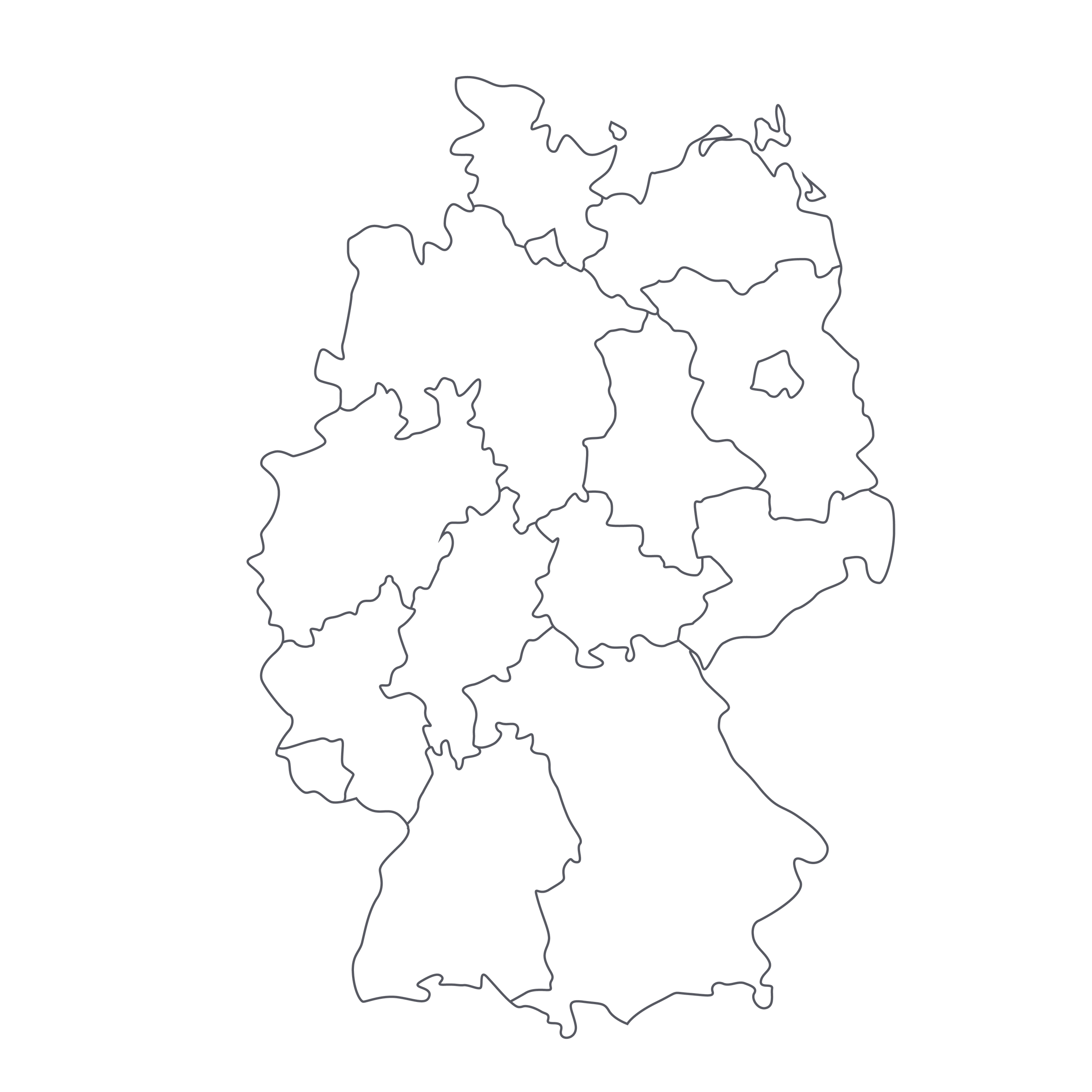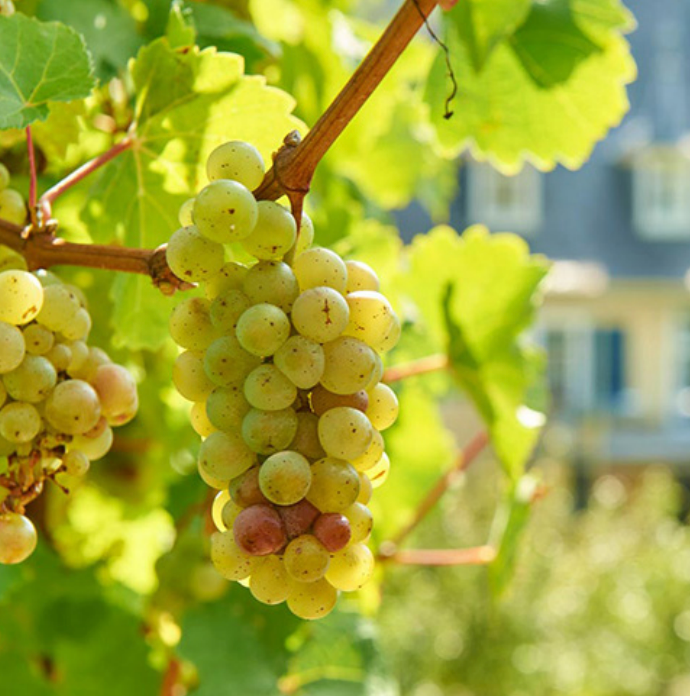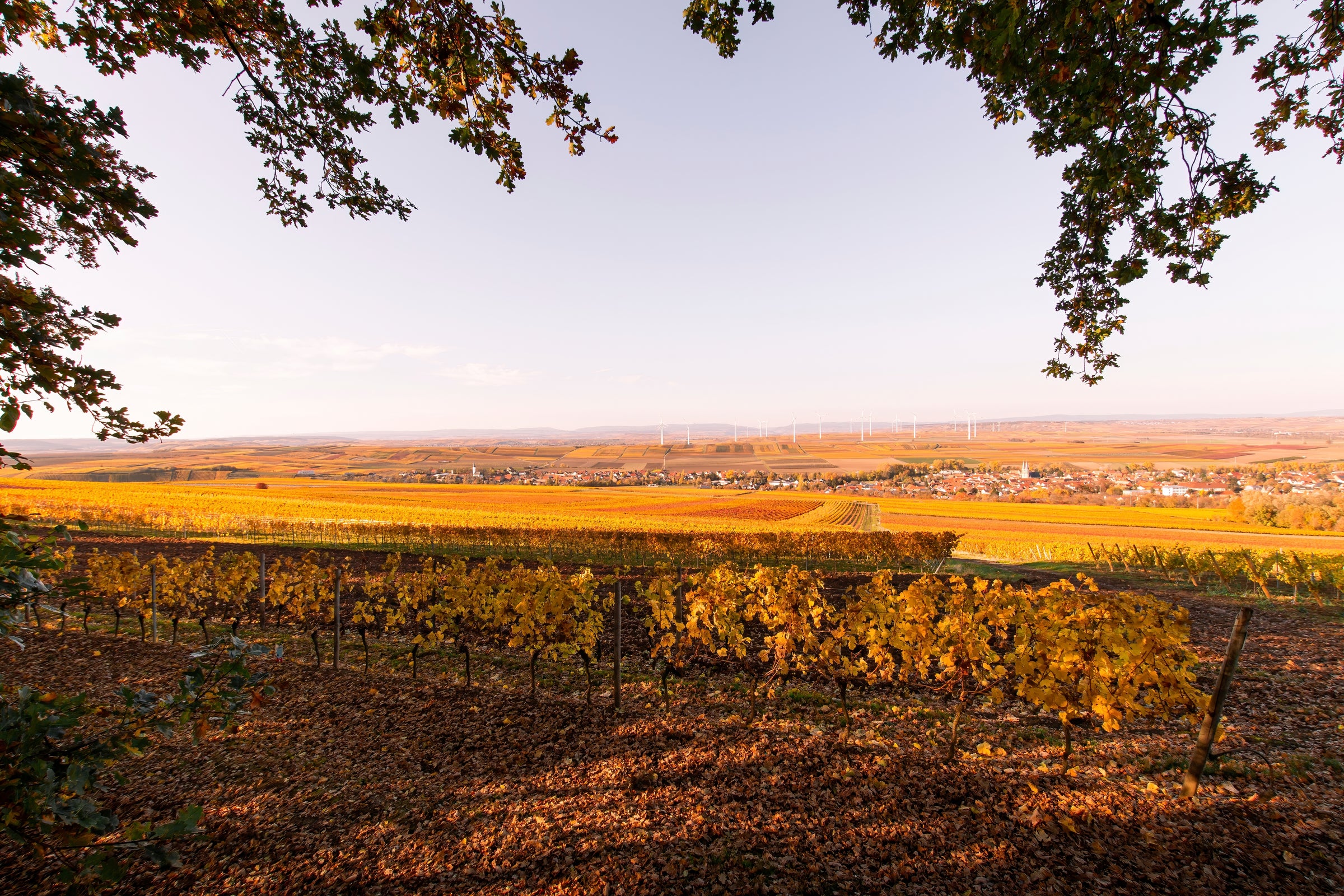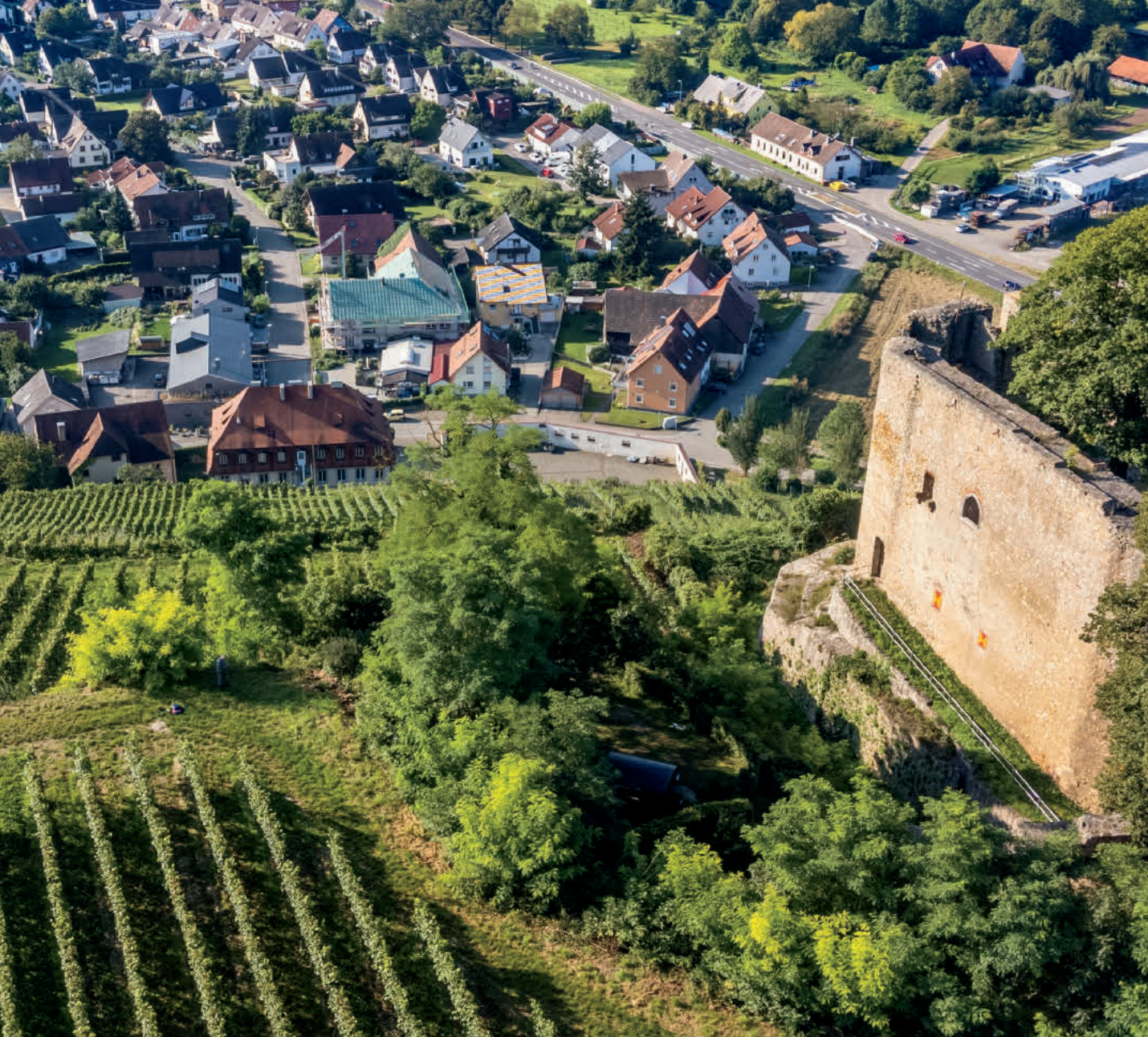There’s a caveat to today’s offer of Dr. Nägler’s dry, textured Riesling from the prized “Steinkaut” vineyard: Should we sell out of this sensational wine, we’ll be able to share a different, older wine from this time-honored family estate. This bonus offer can only be ‘unlocked’ with your assistance, but considering our minute quantities, it’s entirely feasible! Now, back to the wine of the moment: Having tasted Dr. Nägler’s lineup of wines and visited their estate for the first time last year, I immediately asked myself where’d they’d been my entire life.
It’s as if the Näglers approach each handcrafted wine with the same philosophical question: “How much quality and classic personality can I pack into this bottle?” The intoxicating perfume, layered texture, and electrifying acidity delivered by the perfect 2015 vintage is otherworldly. And Nägler is all about site-specificity too: Today’s mineral, bone-dry Riesling hails entirely from the
0.7-hectare “Steinkaut” parcel within “Berg Rottland,” one of the great Grand Cru vineyards of Rheingau. I wish we could sit here and tell you there was enough inventory to share with everyone, but quantities are too low to be handing these gems out like flyers on the sidewalk. Given the elite quality, low price, and severe scarcity, there should be an all-out brawl for this one. Just remember: There’s a surprise in store if and when the last bottle disappears...
Family owned and run since 1826, Dr. Nägler is a small estate in the Rheingau that has been crafting wines for six generations and counting. Today, Tilbert Nägler oversees winemaking and the family’s 21 total acres in some of Germany’s very best vineyards—almost every vine they own sits on pedigreed terroir. Weingut Dr. Nägler is also part of the VDP (Verband Deutscher Prädikatsweingüter), an elite group of producers that guarantee their wine was both estate-grown and bottled, with a keen eye towards quality and pronounced terroir character.
Within Rheingau, next to the river town of Rüdesheim, several sprawling, vertiginous vineyards exist on one contiguous steep terraced hillside that has been cultivated for what seems like the dawn of time. The first mention of “Steinkaut” can be found in old script that dates back to 1744, but the vineyard as a whole, “Berg Rottland,” is nearly a millennium in the making! Sometime around the year 1031—yes, that’s right—the Archbishop of Mainz bestowed a large tract of steep riverside land to local farmers, part of which makes up the renowned ‘Berg’ vineyards of today (Rottland, Roseneck, Schlossberg).
Measuring less than a hectare, “Steinkaut” is a well-situated parcel within Berg Rottland that has all the usual elements that make dry German Riesling such an amazing value: bountiful sun exposure; slate/quartzite soil; and immediate proximity to the river below. As such, this special site has earned its own distinction amongst the VDP—yet instead of ramping up bottle prices, Dr. Nägler has coolly remained in the friendly $20-something zone.
In the winery, Tilbert has introduced modern technology, with fermentation and aging occurring in stainless steel tanks, along with the occasional addition of very old, very large oak barrels. Technology notwithstanding, his vaulted cellars have certainly retained their ancient charm. Today’s “Steinkaut” aged in 100% stainless steel for roughly one year before bottling.
The 2015 “Steinkaut” is a massively addicting dry Riesling bursting with crushed rock minerality, high-toned citrus, petrol, and breathtaking florality, all of which ring out in perfect harmony. If you want classic dry Riesling, from a historic region, this is one of the greatest price-to-quality finds on the market. There’s no sense in putting up an argument: It’s a fact! With a quick breather—about a 15-minute decant—the wine reveals all of its true colors: green and yellow apple, white pear, white peach, citrus blossoms, Key lime, mango peel, crushed stones, wet slate, and a buttressing petrol note that vibrantly hums throughout. The layered palate is ripe, dry, and mouth-filling, although racy acidity pings around to ensure there will not be any heaviness. It’s everything one could want in expressive dry Riesling from a top vineyard. Serve in all-purpose white stems and try to maintain a 50-degree drinking temperature—the bottle disappears in a nanosecond so that shouldn’t be an issue. As with high-quality, perfectly structured Rieslings, this will continue providing you with pleasure over the next 5-10 years. Who could ask for anything more? Cheers!






